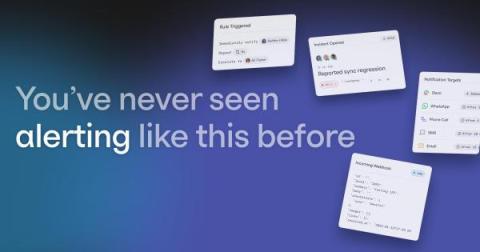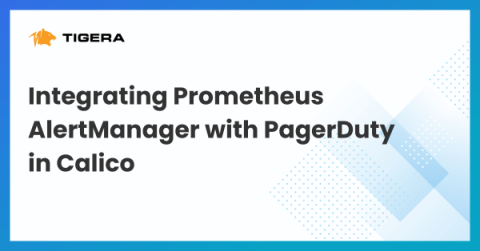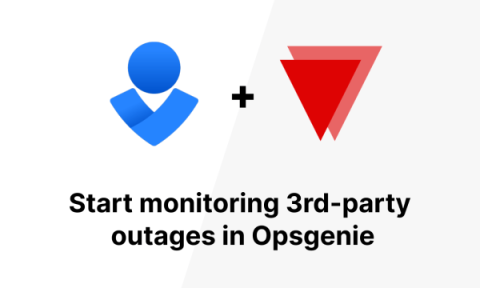Solve financial services ITOps challenges with AIOps
The financial services industry is experiencing a profound shift. Customers now demand a flawless experience across all touchpoints, including online platforms, mobile devices, ATMs, and physical branches. Any lapse in performance or reliability in these channels can lead to dissatisfaction. Moreover, the competition is intensifying as technology-focused companies, more nimble and innovative than traditional counterparts, are continuously disrupting the market.











